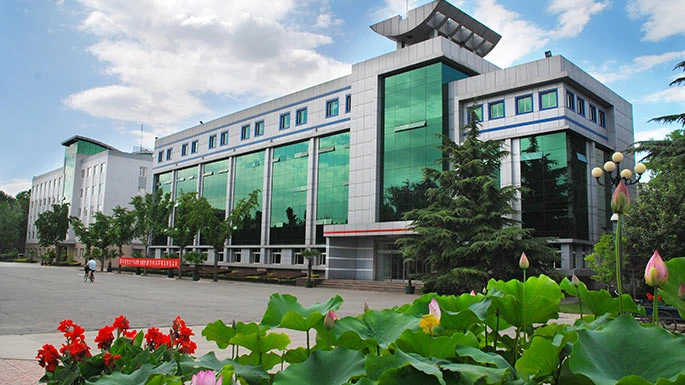Self-developing X-ray film price: a quiet revolution in radiography that blends speed, savings, and simplicity. In clinics, dental offices, and field hospitals, every minute reclaimed from waiting times multiplies patient care. The price of self-developing film is more than a tag on a box—it’s a lever that can tilt how quickly you diagnose, treat, and move on to the next patient.

What makes self-developing X-ray film appealing is the promise of on-site clarity without the labyrinth of separate processing stages. It’s designed for busy environments where seconds count, images must be legible on the spot, and supply chains can’t afford to falter. But like any workflow upgrade, the cost story isn’t one-note. You pay for speed, convenience, and reliability, and you weigh that against the price per image, the longevity of the film, and the compatibility with your existing equipment.
Prices vary widely, reflecting build quality, sheet size, speed of image generation, and the value-added components in a kit. You might encounter price bands that range from compact starter bundles to larger, multi-pack deliveries. Some suppliers price by the sheet, others by the box, and some offer bundled options that include protective sleeves, basic readers, and extended warranties. Regional taxes, shipping, and import duties can tilt the final invoice as much as the product’s core features. The best value often lies in the total cost per usable image, not just the upfront price.
Several factors commonly drive the price. Image quality and resolution requirements influence cost, as higher fidelity images typically demand superior chemical formulations and tighter quality control. Size and format matter too: larger sheets or specialized radiographic sizes cost more but save you time by delivering the information you need in a single exposure. Shelf life and storage conditions affect waste and depreciation—longer shelf life reduces risk, especially for clinics with fluctuating patient volumes. Finally, service, warranty, and supplier support can tilt a purchase from a simple transaction into a trusted long-term partnership.
How to buy smart: compare price per image, not just sticker price; request samples to verify real-world performance; calculate total cost of ownership including waste, storage, and potential re-reads; and look for suppliers with transparent terms and responsive customer service. In today’s medical landscape, price is a proxy for value—speedier results, fewer bottlenecks, and patient care that doesn’t wait for the lab to open.
In the end, the right self-developing X-ray film price is the one that keeps your practice moving, your images clear, and your patients reassured that care travels at the speed of trust.
China Lucky was established in 1958 as the Baoding Film Stock Manufacturing Plant, a key project under China’s First Five-Year Plan. In September 2011, it was fully incorporated into the China Aerospace Science and Technology Corporation (CASC).Photovoltaic MaterialsAs China’s largest production base for imaging materials and graphic arts films, and the nation’s most influential manufacturer of optical film materials, Lucky ranks among the world’s top four companies with the capability to produce process-free printing plates. Its products are sold in over 100 countries and regions.Medical MaterialsThe company owns two well-known Chinese trademarks: “Lucky” and “Huaguang.” With a workforce of over 8,600 employees, it operates 12 wholly-owned and holding subsidiaries, 4 directly affiliated units, including two listed companies.Imaging Information Materials | Lucky Tpcw2 Solar Backsheet | Lucky Tpcw1 Transparent Solar Backsheet | pv backsheet manufacturers | solar backsheet suppliers | photo paper bulk | photo paper wholesale | photo paper cost






